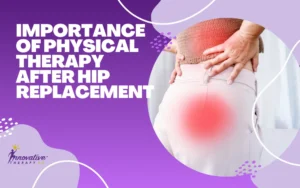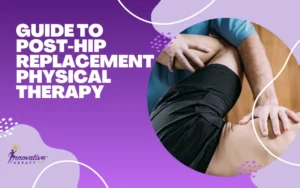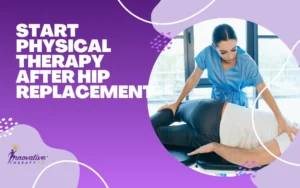At the advent of this century, most of us started working on our electronic devices while sitting in a chair. This change in lifestyle also brought some problems for the body. Hip problems are one of them. They are common among people of all ages.
Hip pain arises around the hip joint, where the longest bone of our body (the famous femur) connects with the pelvis. The hip joint is one of the largest joints in our body. It helps us to move, balance, and support our weight. Hip pain can start from being a temporary issue to a long-stretched one. However, Physical Therapy For Hip Pain can significantly help reduce the pain and provide relief.
Causes Of Hip Pain
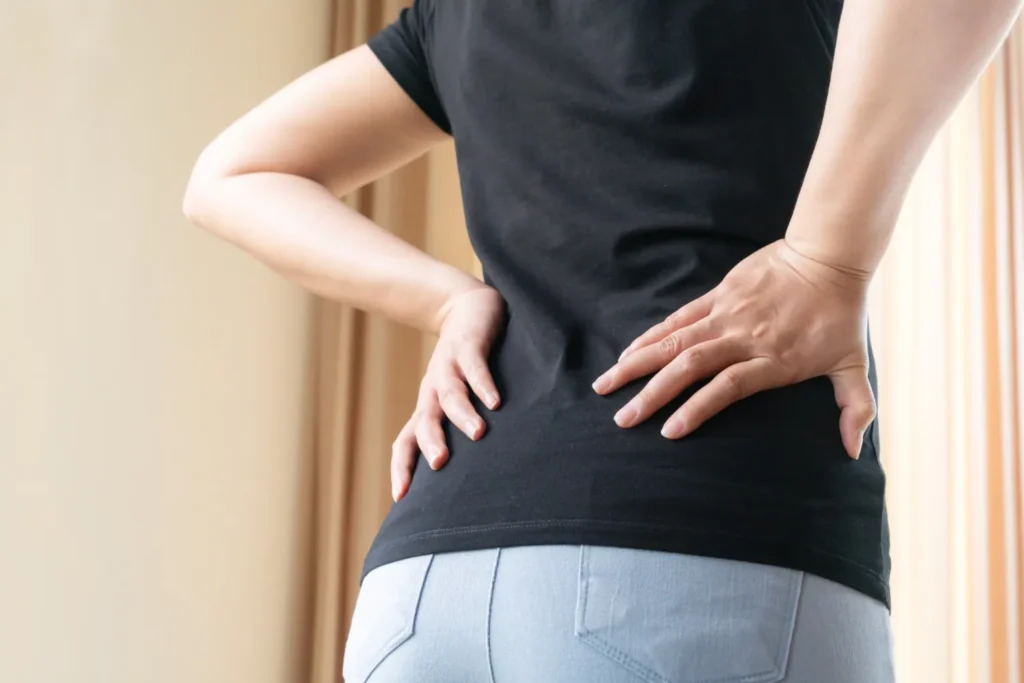
- Arthritis: If you have a history of Arthritis, it can cause pain and inflammation in the hip joints.
- Injuries: Major injuries near your hips can also result in hip pain. These can be strain injuries or injuries from an accident.
- Structural Conditions: Some people are born with conditions that affect the shape of their hips.
Physical Therapy For Hip Pain
Many exercises can be used to not only avoid hip pain but also strengthen hips. Hip physical therapy ensures that you can keep enjoying physical activity and not have discomfort in general day-to-day movement. The long-term benefits can be significant.
Physical therapy for hip pain can include the following exercises:-
Hip Squeeze
Stretching your groin is an excellent way to strengthen it. It refers to various movements or stretches that target the muscles around the hips.
Instructions—To do this, lie on your back with your knees bent. Place an object, such as a ball or pillow, between your knees, squeeze for five to ten seconds, and then rest. Repeat several times for maximum impact. This is one low-impact physical therapy treatment for hip pain.
Straight Leg Raise
The Straight Leg Raise (SLR) is an effective joint exercise that targets the muscles in the front of the thigh (quadriceps) and the hip flexors. This exercise is often used in rehabilitation settings to improve strength and flexibility, especially after knee or hip injuries.
Instructions—To do this, lie on your back on a flat surface, such as a mat or the floor. Keep one leg straight while bending the other knee. Tighten your abdominal muscles to stabilize your spine against the floor. Slowly raise your straightened leg upward without bending the knee. Keep the movement controlled, and avoid lifting the leg higher than your hip level. Hold the raised position for a moment, making sure you engage your thigh muscles.
Slowly lower the straightened leg back to the starting position. Perform the desired number of repetitions on one leg before switching to the other. This exercise is also considered low-impact physical therapy for hip pain.w3
Core Stabilizing
Core stabilization in Hip Pain PT physical therapy refers to a set of exercises and techniques designed to strengthen and stabilize the muscles of the core. The core is not just the abdominal muscles but includes muscles in the pelvis, lower back, hips, and buttocks. Core stability is essential for maintaining proper posture, preventing injuries, and supporting the spine.
Core stabilization exercises aim to improve the coordination and strength of these muscles to provide a stable base for the rest of the body. Physical therapists often incorporate core stabilization exercises into rehabilitation programs for various conditions, including back pain, hip pain, and post-surgical recovery.
Instructions – Lie on your back with your knees bent. Put your bands under your lower back and pull your belly towards the floor. Hold for at least 15-20 seconds.
Hip Hinge
In physical therapy, the hip hinge is often used as an exercise to address various musculoskeletal issues, particularly those related to the lower back, hips, and posterior chain muscles. The hip hinge movement pattern is essential for functional activities like bending, lifting, and maintaining proper body mechanics.
Instructions: Stand with your feet shoulder-width apart and your knees bent slightly. Tighten your core (stomach) muscles, bend at the hips, and lower your upper body until it is nearly parallel with the floor (or to whatever degree feels safe and comfortable). Return to the standing position, making sure to use your glutes and hips without relying on your lower back. Repeat several times for maximum effect.
It’s important to note that the specific hip hinge exercises prescribed in physical therapy will depend on the patient’s condition, goals, and overall rehabilitation plan. As with any exercise, proper form and technique are emphasized to prevent injury and maximize therapeutic benefits. Individualized guidance from a qualified physical therapist is crucial to ensure that the hip hinge exercises are appropriate for each patient’s unique circumstances.
Yoga as a Hip-Strengthening Physical Therapy
Yoga can be an excellent form of physical therapy for hip strengthening and overall flexibility. Many yoga poses target the muscles around the hips, promoting strength, stability, and mobility. Incorporating yoga into a rehabilitation program can be particularly beneficial for individuals dealing with hip issues, such as hip pain, tightness, or weakness.
Here are some yoga poses that can help strengthen the hips –
- Warrior Poses (Virabhadrasana I and II): These poses work the muscles around the hips, thighs, and groin, promoting strength and stability.
- Bridge Pose (Setu Bandhasana): This pose targets the glutes, hamstrings, and hip flexors, contributing to hip strength and flexibility.
- Pigeon Pose (Eka Pada Rajakapotasana): Pigeon pose is an excellent hip opener that stretches and strengthens the hip muscles. It can also be modified to suit different levels of flexibility.
When incorporating yoga into a hip-strengthening program, it’s essential to listen to your body, especially if you have existing hip issues or injuries. Consulting with a healthcare professional, a Physical Therapist For Hip Pain, or a qualified yoga instructor can help tailor the practice to your specific needs and ensure that you perform the poses safely and effectively.
Additionally, modifications and the use of props can be beneficial to adapt the poses to individual abilities and limitations.
Conclusion
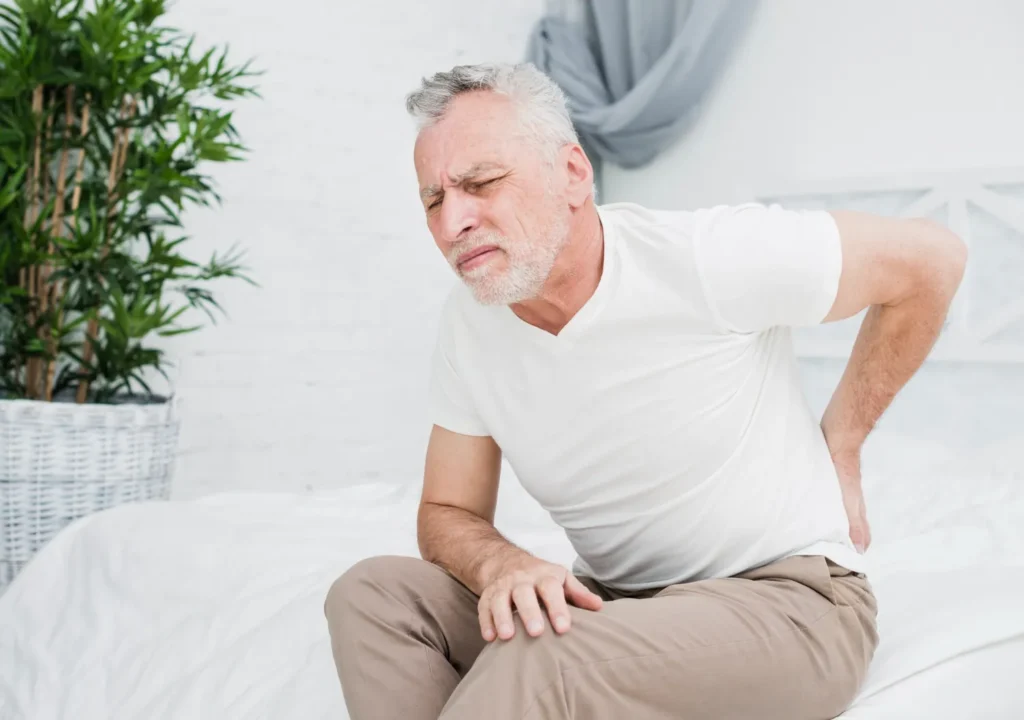
There are many other ways besides Physical Therapy For Hip Pain to relieve hip pain. Maintaining a healthy weight (which puts less pressure on the hips) and “cooling” any inflammation with ice treatments are two examples. It’s important to note that the specific physical therapy approach will vary based on the individual’s diagnosis, symptoms, and overall health.
Hip stretches and exercises may help alleviate pain, but if the pain persists or gets worse, make sure to see a physical therapist. We enable easy scheduling of appointments and make sure you receive the best personalized physical therapy for hip pain in Dallas. So book an appointment and see your hip pain disappear like magic. Our mission is to help you to be at your best!
Frequently Asked Questions (FAQ)
Can Physical Therapy Help Hip Pain?
Yes, physical therapy for hip pain is often worth it. It can provide targeted exercises, stretches, and interventions to improve strength and flexibility and alleviate hip discomfort effectively.
Is Walking Good For Hip Pain?
Yes, walking can be beneficial for hip pain. It promotes gentle movement, enhances blood flow, and helps maintain joint flexibility. However, it’s essential to consult a healthcare professional for personalized advice.



